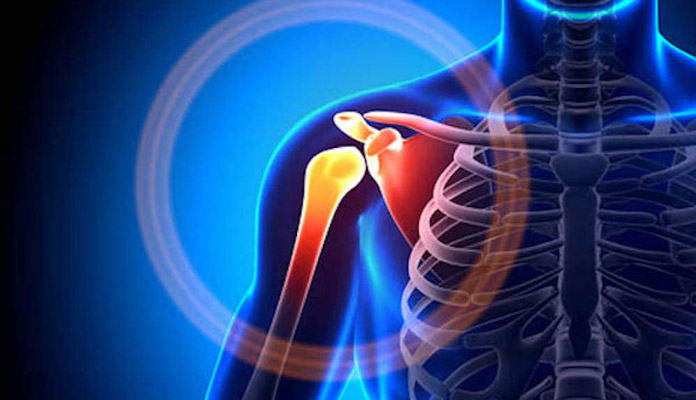Diagnosis
A physical exam can help diagnose a torn cartilage in the knee. The doctor may need to move the leg and knee into various positions, ask you to walk around or squat, and learn about the signs. To verify the tear, some imaging tests can be used, such as:
– MRI: This technique uses a strong magnetic field and radio waves to create detailed pictures of knee tissues.
– X-rays: The results do not actually show a torn cartilage. However, this technique can help rule out other possible causes that may lead to similar signs.
In some cases, a technique called arthroscopy can help diagnose the condition. It involves the inserting of an arthroscope into the knee. With a small camera and light, this device helps detect any issue in the area. [6]
Cartilage and Self-Repairing
Cartilage plays a very important role in the body. But unlike many other tissues, it is unable to heal itself. This is mainly because chondrocytes, or the cartilage cells, do not repair or replicate themselves often. As a result, injured or damaged cartilage cannot heal quickly without medical intervention. Fortunately, scientists have identified some techniques to stimulate the growth of new cartilage. They are often applied for articular cartilage on joints. These include abrasion arthroplasty, microfracture, autologous chondrocyte implantation, osteochondral autograft transplantation, drilling, or osteochondral allograft transplantation. [7]









